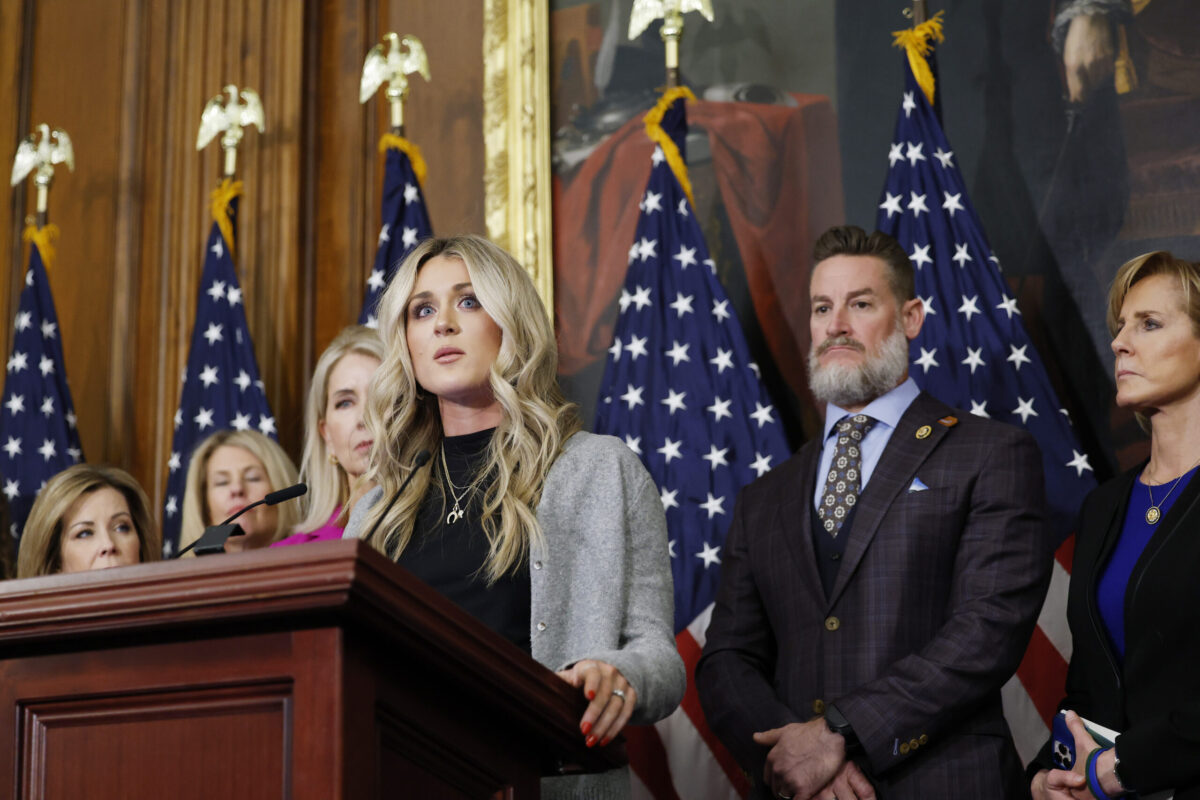How the Trump administration can make nuclear energy popular with women



When people think about the incoming Trump-Vance administration’s plans to unleash domestic energy production, they likely start with oil and gas drilling, and policies governing fracking and clean coal. Yet nuclear energy has a critical role to play in expanding our domestic energy resources, while also protecting the environment. We shouldn’t let antiquated misperceptions about nuclear production stand in the way.
Support for nuclear energy is at an all-time high in the United States—with 56% of Americans supporting it. Yet this support is lopsided with 70% of men having a favorable opinion of nuclear energy compared to just 44% of women. Women are likely skeptical of nuclear energy due to memories of Soviet-era nuclear mishaps and the notorious Three Mile Island incident, as well as modern fearmongering from the media and radical environmentalists. But nuclear energy has come a long way since then and is now among the most promising technologies in terms of efficacy, safety, and environmental impact.
The incoming Trump administration can appeal to women’s eco sensibilities by highlighting facts about nuclear power as a reliable and environmentally friendly option. Women care deeply about clean air and water conditions, and want natural resources to be stewarded responsibly.
Nuclear energy is the most efficient power source available today. 94 nuclear reactors already supply 18.6% of current U.S. electricity generation. Nuclear, like natural gas, will be essential to meet rising global electricity demand. Unlike intermittent energy sources, like wind and solar, nuclear operates nearly 24/7. It produces near zero emissions while boasting a small environmental footprint compared to utility-scale solar and wind facilities, requiring just a mere square mile of land to accommodate a 1,000 megawatt (MW) power station operating 93% of the year. By contrast, solar and wind function at a fraction of the capacity that nuclear does and require 75 and 360 times more land, respectively, to generate the equivalent amount of electricity. In other words, nuclear power is more dependable, more efficient, requires far less land, and releases negligible carbons—far outpacing renewables on all these measures.
Understandably, women are concerned about the safety protocols and safe storage of nuclear waste (or used nuclear fuel). In the last 60 years, there have only been three significant accidents at nuclear plants worldwide. American nuclear power plants are among the safest in the world and are built to minimize accidental radiation release and meltdowns. Additionally, reactor operators undergo rigorous training and must be federally licensed to supervise these plants. Our Energy Department reports that U.S. facilities pose the least harm to people and the environment due to “safety procedures, robust training programs and stringent federal regulation.”
And while fear about nuclear waste storage is understandable, today there are new and better solutions than ever before. Today, most used nuclear fuel is stored safely at on-site dry casks, and the Trump Energy Department can continue to improve here by prioritizing permanent disposal of nuclear fuel.
When Americans envision nuclear facilities, most start with giant steaming towers like those operated by Homer Simpson. Reality is quite different. In fact, among the most promising developments is the development of small modular reactors (SMRs). These reactors aren’t simply functional; they are aesthetically pleasing and modern.
During his appearance on the Joe Rogan Experience podcast, President-elect Trump said he liked nuclear power, but claimed conventional facilities are “…too big and too complex and too expensive.” That’s where SMRs can fill the void.
There are 80 SMR prototypes currently in development. SMRs are capable of producing upwards of 300 megawatts (MW) per module. Used nuclear fuel from bigger reactors is even repurposed to power them.
Two companies are expertly combining functionality with aesthetics—a surefire way to appeal to nuclear-skeptical women. Here in the U.S., the Oklo Aurora powerhouse prototype at the Idaho National Laboratory—slated to go online in 2027—has been lauded for its sky chalet design. Incoming Energy Secretary Chris Wright is a board member for Oklo, a publicly traded nuclear SMR start-up, and can lean on his expertise to get his future boss on board. And across the pond in the United Kingdom, luxury car company Rolls-Royce—unlike competitor Jaguar—is smartly diversifying its portfolio with SMRs. Their prototypes occupy about two soccer fields and are capable of powering about one million homes.
President-elect Donald J. Trump pledged to “unleash energy production from all sources”—including nuclear energy—in a second term. The first Trump administration had 11 major accomplishments pertaining to this reliable power source, including the elevation of the first (and highly qualified) woman, Dr. Rita Baranwal, to oversee the Office of Nuclear Energy.
Women will be essential to making American nuclear energy great again. Let’s hope the incoming Trump-Vance administration taps into this constituency.
Gabriella Hoffman is director of the Center for Energy and Conservation at the Independent Women’s Forum and host of the District of Conservation podcast. Follow her on X at @Gabby_Hoffman
What's Your Reaction?
 Like
0
Like
0
 Dislike
0
Dislike
0
 Love
0
Love
0
 Funny
0
Funny
0
 Angry
0
Angry
0
 Sad
0
Sad
0
 Wow
0
Wow
0








































































